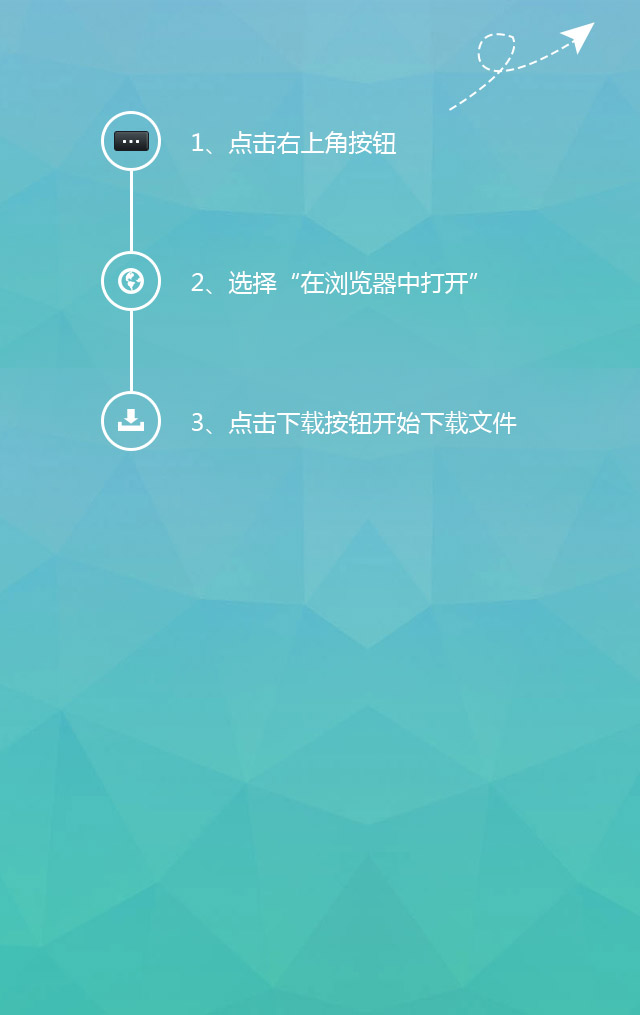Landing Gear Series
The support leg is one of the main components of the truck crane, its function is to increase the support base of the crane, reduce the tire burden, improve the anti-overturning stability of the vehicle, so as to improve the lifting capacity. The support leg is a support device installed on the bottom frame of a crane, including a fixed part and a movable extension part. Crane generally equipped with four legs, before and after the left and right sides of the division, can simultaneously move and separate expansion. Because the working ground is basically inclined and uneven, and the ground is softer, need so support leg bottom pad sleepers, another through looking at the level near the support leg, to adjust the height of each support leg, so that the support foot plate of the support leg is in the same level surface.
The design of the supporting leg should be firm and reliable, easy to retract and release. When lifting, the supporting leg extends outward to the ground to increase the bearing surface span moment. When driving, the supporting legs are retracted to reduce the overall size and improve the driving performance.
At present, the form of hydraulic outrigger of truck crane mainly includes the following: frog outrigger, H type outrigger, X type outrigger, radial type outrigger and swing type outrigger.
1. Frog leg
The telescopic action of frog leg is completed by an oil cylinder (one leg and one cylinder), which is simple in structure and light in weight. However, the height of each leg is difficult to adjust independently, and it is not easy to ensure the level of the frame, and the size of the rocker arm of the leg is limited, so the span of the leg cannot be very large. Therefore, in general, the frog leg span is small, low support height, suitable for small crane.
There are also three types of frog strut: ordinary strut, chute strut and connecting rod strut. The horizontal displacement of the ordinary leg causes friction resistance and increases the thrust of the hydraulic cylinder. The chute outrigger reduces the thrust of the cylinder, whereas the cylinder of the connecting rod outrigger is not stressed.
2. X leg
The vertical support hydraulic cylinder of the X leg ACTS on the fixed leg. Each leg can be independently adjusted for height and can be supported by extension into the bevel. The x-shaped strut hinge axis is numerous, the clearance from the ground is small when driving, the pressure of the vertical hydraulic cylinder is higher than that of the h-shaped strut, and the horizontal displacement occurs when the strut is played. It has now been replaced by an H leg.
3. H-leg
The extended distance of H leg is large. Each leg has two oil cylinders, horizontal and vertical, which can be adjusted separately. To ensure sufficient overhang distance, the fixed beams of the left and right legs are staggered forward and backward. H type outrigger has good adaptability to the work site and ground, easy to be leveled, high support height, but large weight and large outrigger height affect the work space. Suitable for medium and large cranes.
4. Articulated legs
The movable leg is hinged with the frame, and the horizontal leg is closed or released by the hydraulic cylinder. When the legs are taken in, the movable legs are close to the two sides of the frame girder. When the legs are released, different angles are formed between the legs and the frame according to the needs, thus changing the span. The vertical support cylinder of this leg is similar to the h-shaped leg, but the overall stiffness is better than the h-shaped leg. There is no frame swing due to the gap between the telescopic sleeve. It is often used on medium and large tonnage cranes.
5. Radial leg
The radial strut structure is directly mounted on the base of the slewing support device, and all the loads on the crane are directly transferred to the strut through the slewing support device. This kind of construction way, can avoid because the support leg reaction force is too big, request frame to increase section, increase dead weight, whole chassis can reduce weight 5% ~ 10%. Generally used for large wheel crane.
Leg span determination principle: legs are set before and after, and to the direction of the two sides to form a rectangle. As the main side work, the national series and the minimum range, so the span can not exceed the specified value to meet the effective range requirements. Because the span is too large, good stability, but overload, not easy to detect, and so that the boom may be damaged.
Lateral leg span selection to be appropriate, in principle is the crane in the boom strength allowable lifting weight, its stability can reach the specified requirements, leg span determination, from the perspective of stability, the minimum of lateral leg span extension is to ensure the stability of the crane in the side when lifting heavy objects.
Recommend
-

-

QQ Zone
-

Sina Weibo
-

Renren.com
-

Douban

